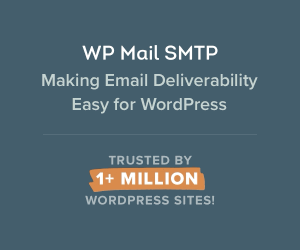What are some simple ways to boost productivity by 30 per cent without spending money or firing employees?
Here are five simple and powerful ways of doing to boost productivity.

Do an email audit
How much time do you spend daily on compiling and reading emails? Too much time? Why don’t you find out exactly how much time? Keep a log for three days on when you attend to emails. Get your staff to do the same. Then work out an average amount of time per person across the business. Multiple that average time per week by the mean weekly wage by 52. This gives you the total cost of using email annually across the business. Then multiple that by two to compensate for the lost time not doing other more productive business activities.
The number will scare you. Then set up an email protocol and ensure that employees and managers follow it. If you can reduce the amount of time on unnecessary email by 25 per cent would that make a difference to the business’s bottom line?
Reduce the number of procedural meetings
Like emails, do a meeting audit. How many meetings do you attend each week? What percentage of your time is spent sitting in meetings? More importantly, how many of these meetings are a waste of your time?
I am all for increasing the quality of communication in a business. But it is often the mindless procedural and reporting meetings that occur once a week that are time wasters. Meetings are costly.
Six people in a room for a one hour meeting can cost the business $850 to $1,200. You need to be able to justify that expense. A 20 per cent reduction in these kinds of meetings can save a business thousands, tens of thousands, or hundreds of thousands of dollars a year, depending on its size.
Replace performance appraisals with performance development
Performance reviews are a waste of time. There is no empirical evidence I know of that demonstrates conclusively that increased performance results from the dreaded performance review. A better focus is on short, regular, focused conversations around performance. The Five Conversations Framework is such an approach. At any rate, there needs to be a shift from appraising performance to developing performance.
Stop surveying people and start listening
Organizations send thousands of dollars a year conducting a variety of online surveys assessing levels of employee engagement. Ironically, getting staff to complete the engagement survey is often the only form of engagement!
When the results are collated they are generally discussed at the senior management level and little else happens. More time ought to be spent on discussing the results with staff and less time asking them to fill out these surveys.
Eliminating fake work
Peterson and Gaylan wrote a thought-provoking book called, “Fake Work”. Their general argument is that we spend too much time doing what they refer to as fake work; that is, work that isn’t directly or even indirectly linked to the strategic direction of the business.
They believe that a small percentage reduction in fake work will lead to significant productivity across a large organization. Using the time-honoured ‘To Do List’ can help in this regard. These days you can complete a To Do List on your smart phone.
And remember: writing the list itself is not the point. It is the prioritization of tasks and the adherence to that list that makes all the difference. Imagine for a moment if everyone in your organization was committed to correctly using a To Do List every day. What difference that would make to eliminating fake work?
There are doubtlessly other ways of increasing productivity that are cost effective and I would love to hear some of these from you. But if you only committed to one of these ideas and followed through, it would make a profound difference to the productivity across the business you are working in.























